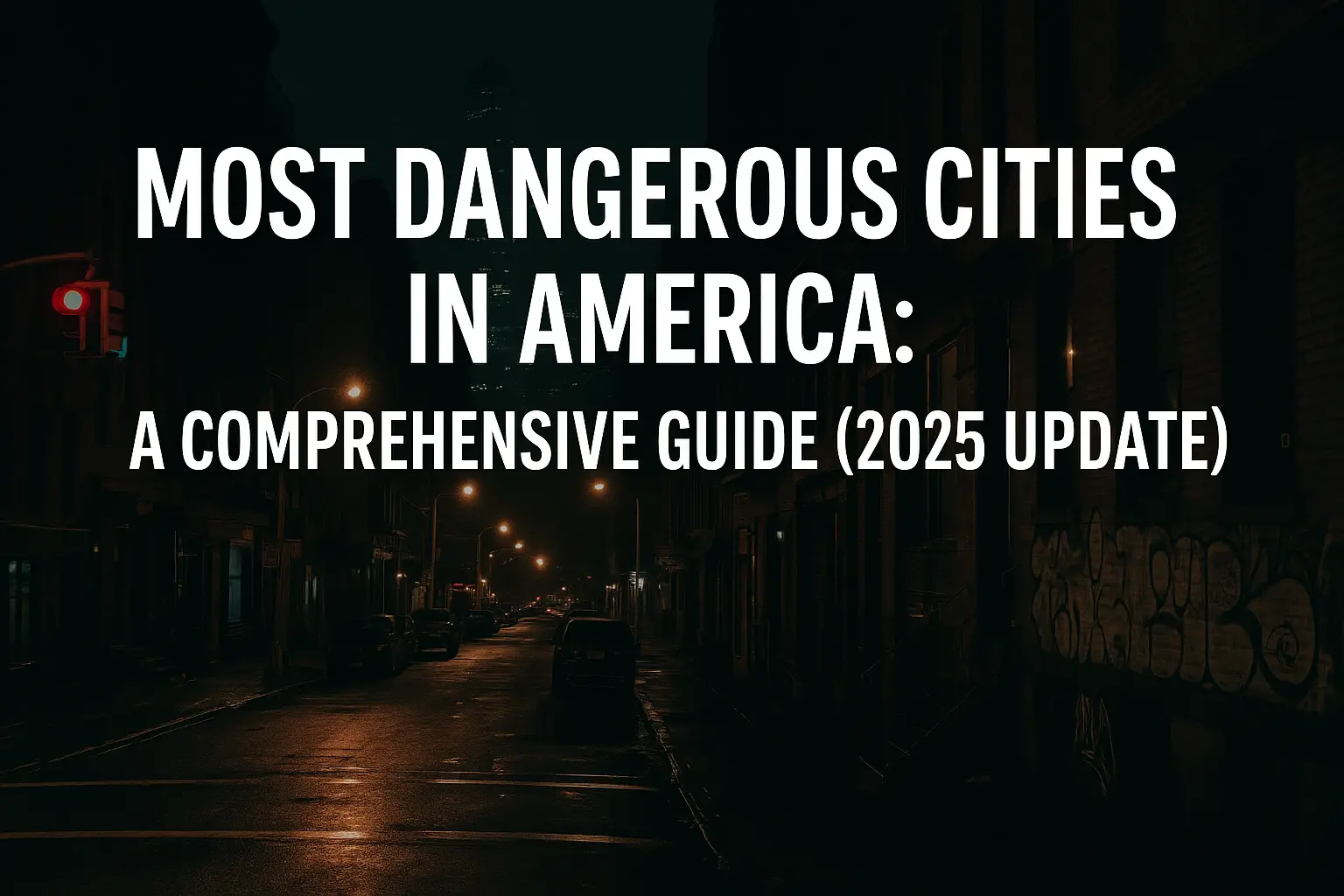North Carolina is not immune to crime, even if it has a rich history, great beauty, and a dynamic culture. North Carolina's Crime Rates Law enforcement, legislators, and citizens should be aware of the rising crime rate. From examining all the elements driving crimes to some latest data on the crime rate in this state, this blog addresses the patterns and insights surrounding the crime rate in this state as well as efforts made by authorities working up against these crimes.
Historical Context of Crime in North Carolina
Many other social and economic elements have shaped the changing crime rates in The Tar Heel State throughout the years. Particularly in metropolitan regions, the state experienced high crime rates in the later half of the 20th century from around 1971 to 1995. But decades ago there started to be some change.
Like the United States, NC peaked in terms of violent crime rates in the 1990s. A part was played by economic downturns, the crack cocaine pandemic, and a growing gang count in Los Angeles. However, since the early 2000s, general crime rates have dropped throughout the nation.
Current Crime Rate Trends
The North Carolina State Bureau of Investigation (SBI) reports that crime rates generally have been dropping. This drop is not consistent, however, for all kinds of crime.
1. Violent Crime:
- Murder, rape, robbery, and aggravated assault—all part of violent crime—have witnessed varying trends. Although the general rate has dropped, certain places—especially cities like Charlotte and Raleigh—have seen increases in violent crime.
- Particularly the murder rate has been a cause of worry. Driven by elements like gang violence and drug-related disputes, places like Durham have seen increasing murder rates in recent years.
2. Property Crime:
- Generally speaking, property crimes—including larceny, motor vehicle theft, and burglary—have dropped. This drop has resulted from developments in home security technologies, community policing programs, and economic growth as well as from other factors.
- Rural communities still struggle with property crimes, nevertheless, mostly from weak law enforcement resources and economic inequalities.
3. Drug-Related Crime:
- North Carolina's crime rate has been considerably changed by the opioid epidemic. Drug-related offenses—especially those using heroin and fentanyl—have surged throughout the state.
- Tighter drug trafficking punishments, needle exchange programs, and more financing for treatment programs have all been part of initiatives meant to help with this epidemic.
Factors Influencing Crime Rates
North Carolina's crime rates are influenced by several factors. Knowing this will enable one to create efficient plans for crime prevention.
1. Economic Conditions:
- Higher crime rates are often linked to economic crises and high unemployment rates. In places with few economic possibilities, some people find crime to be a more appealing choice.
- On the other hand, stability and economic development could help lower crime rates as individuals have more access to legal ways of making a living.
2. Education and Youth Programs:
- Reducing crime depends much on education. Less crime is related to higher degrees of education. Furthermore discouraging young people from participating in criminal activity are successful extracurricular activities and youth initiatives.
- North Carolina has funded various community and educational projects aimed at keeping at-risk young people engaged and off the streets.
3. Law Enforcement and Community Policing:
- Crime rates are largely influenced by the existence and efficiency of law enforcement as well as by community policing. Reducing crime has shown results with community policing programs wherein police develop ties with individuals in the community.
- North Carolina has embraced community policing; several of its communities have set initiatives encouraging cooperation between law enforcement and citizens.
4. Social and Cultural Factors:
- Crime rates can vary in part depending on social and cultural elements like family structure, peer influence, and community cohesiveness. Strong family settings and close ties to the community may help to lower criminal behavior risk.
- On the other hand, regions with great degrees of social disorder and lack of community services often show higher crime rates.
Efforts to Combat Crime
North Carolina has put many plans in place to fight crime and guarantee citizens' protection. These are many noteworthy projects:
1. Community Policing:
- A pillar of crime prevention in North Carolina, community policing has This strategy seeks to create confidence and promote collaboration in crime prevention activities using strengthening bonds between law enforcement and communities.
- Effective in encouraging community engagement and alertness are initiatives such as "Neighborhood Watch" and "Citizens on Patrol".
2. Youth Programs and Education:
- A long-term approach to lower crime is to support young programs and education. Programs like "Gang Resistance Education and Training" (GREAT) and after-school events provide youth with good substitutes for crime.
- Programs meant to increase school attendance and graduation rates also directly help to lower young crime rates.
3. Drug Prevention and Treatment:
- North Carolina gives the opioid issue top attention. The state has instituted harm reduction techniques like needle exchange programs and raised money for drug treatment initiatives.
- Targeting drug trafficking networks and striving to interrupt the illicit narcotic supply, law enforcement authorities also.
4. Reentry Programs:
- Reducing recidivism depends critically on reentry programs for former offenders. North Carolina has created initiatives to let people find work, reintegrate into society, and have access to required support systems.
- These initiatives seek to give former criminals a second opportunity and lower the possibility of their going back into criminal activity.
The Role of Technology in Crime Prevention
Law enforcement and crime prevention benefit much from technology. Many technical developments have been embraced in North Carolina to improve public safety:
1. Surveillance and Monitoring:
- The usage of monitoring systems and surveillance cameras is becoming somewhat common. These technologies assist law enforcement in spotting and capturing criminals as well as help discourage crime.
- Real-time crime centers in metropolitan settings monitor high-crime areas and react rapidly to events using data and camera feeds.
2. Data-Driven Policing:
- Predictive policing models and data analytics let law enforcement authorities more precisely deploy their resources. Through crime data analysis, organizations may see trends and assign police to places most in need.
- Embracing data-driven police, North Carolina has enhanced crime prevention plans using statistical analysis and crime mapping.
3. Community Apps and Communication:
- Mobile applications and internet platforms help law enforcement and citizens interact more easily. Programs like "Nextdoor" let communities coordinate crime prevention initiatives and distribute information about suspected activity.
- Social media is also used by law enforcement departments to notify the public on safety advice and crime trends.
Conclusion
Knowing North Carolina's crime rate requires looking at a complicated interaction of elements ranging from societal influences and economic situations to law enforcement tactics and technical developments. Although the state has made great progress in lowering general crime rates, issues still exist especially about addressing violent crime and the opioid problem.







